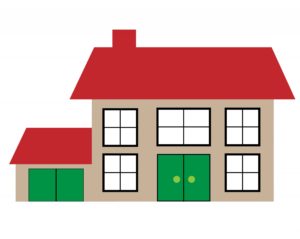HMRC guide explains new home allowance for inheritance tax will work
<img class=" wp-image-135 aligncenter" src="data:image/gif;base64,R0lGODdhAQABAPAAAP///wAAACwAAAAAAQABAEACAkQBADs=" data-lazy-src="https://cheadle-accounts.com/wp-content/uploads/2016/11/house-illustration-clipart-300×239.jpg" alt="house-illustration-clipart" width="132" height="105" data-lazy-srcset="https://cheadle-accounts tadalafil 5mg.com/wp-content/uploads/2016/11/house-illustration-clipart-300×239.jpg 300w, https://cheadle-accounts.com/wp-content/uploads/2016/11/house-illustration-clipart-768×612.jpg 768w, https://cheadle-accounts.com/wp-content/uploads/2016/11/house-illustration-clipart-1024×815.jpg 1024w” data-lazy-sizes=”(max-width: 132px) 100vw, 132px” />
HMRC have published a new guidance explaining how the residence nil rate band (RNRB), or home allowance, for inheritance tax applies in most circumstances.
An estate will be entitled to the RNRB if the:
• individual dies on or after 6 April 2017
• individual owns a home, or a share of one, so that it’s included in their estate
• individual’s direct descendants such as children or grandchildren inherit the home, or a share of it
• value of the estate isn’t more than £2 million
An estate will also be entitled to the RNRB when an individual has downsized to a less valuable home or sold or given away their home after 7 July 2015.
The maximum available amount of the RNRB will increase yearly .
More details are available here
If you would like to discuss the above please call Cheadles accountants in Stafford on 01785 254550



